Sensorineural Hearing Loss
Sensorineural Hearing Loss (SNHL) is the most common type of hearing loss, and it is usually permanent, resulting from damage to the inner ear or auditory nerve. This type of hearing loss can affect people of all ages and ranges in severity from mild to profound. Understanding the condition is essential for effective diagnosis, treatment, and long-term hearing health.

Hearing Aid for Sensorineural Loss
Sensorineural hearing loss is a problem in the inner ear or the auditory nerve that makes hearing harder. Modern hearing aids for sensorineural loss are programmed to increase the volume of sounds and improve speech understanding, allowing people with mild to profound hearing loss to more easily cope with the neurological disorder. Fortunately, digital technology hearing devices may reduce background noise, enhance sound quality, or help you hear conversation more clearly in a variety of settings and listening environments.
Some sensorineural deafness hearing aids are rechargeable and pair to smartphones for clearer speech, music & phone calls with more comfort. Although they do not restore hearing, they do dramatically improve the quality of life by making sounds louder and speech clearer.
Some of the advanced hearing aids that are recommended by experts are:
What is Sensorineural Hearing Loss?
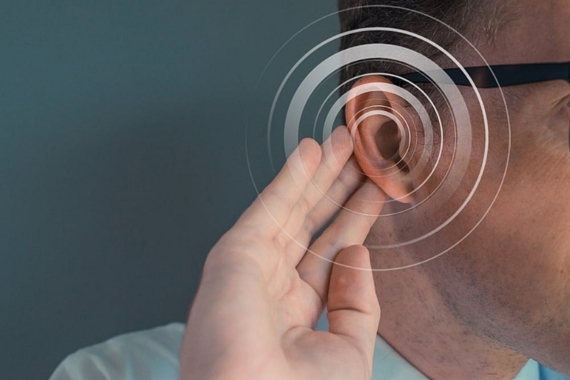

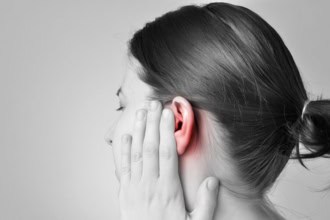
Sensorineural hearing loss occurs when the tiny hair cells in the inner ear (cochlea) or the auditory nerve are damaged. These structures are crucial for transmitting sound signals to the brain. When damaged, it becomes difficult to hear soft sounds or understand speech clearly, even at louder volumes.
This type of hearing loss is typically permanent and cannot be corrected medically or surgically, but it can be managed effectively with the right hearing aids.
Sensorineural Hearing Loss Causes
Several reasons for sensorineural hearing loss include

Ageing (Presbycusis) – Most common cause in older adults.

Noise Exposure – Prolonged exposure to loud environments.

Genetics – Inherited hearing disorders or predispositions.

Ototoxic Medications – Certain drugs that damage inner ear function.

Ototoxic Medications – Certain drugs that damage inner ear function.

Infections or Illnesses – Viral infections such as measles or meningitis.

Head Trauma – Injuries that damage auditory structures.
Sensorineural Hearing Loss Symptoms
People with SNHL may experience
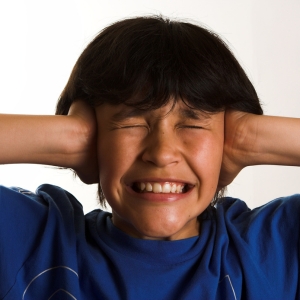
Difficulty understanding speech, especially in noisy environments.

A sensation of muffled sounds or speech.
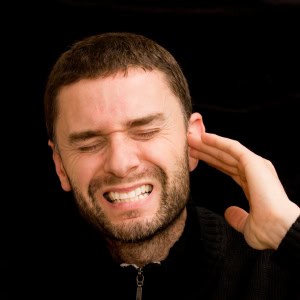
Tinnitus (ringing in the ears).

Dizziness or balance issues in some cases.

Dizziness or balance issues in some cases.
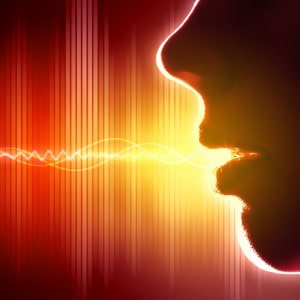
Inability to hear high-pitched sounds.

These symptoms can occur suddenly or worsen gradually over time.
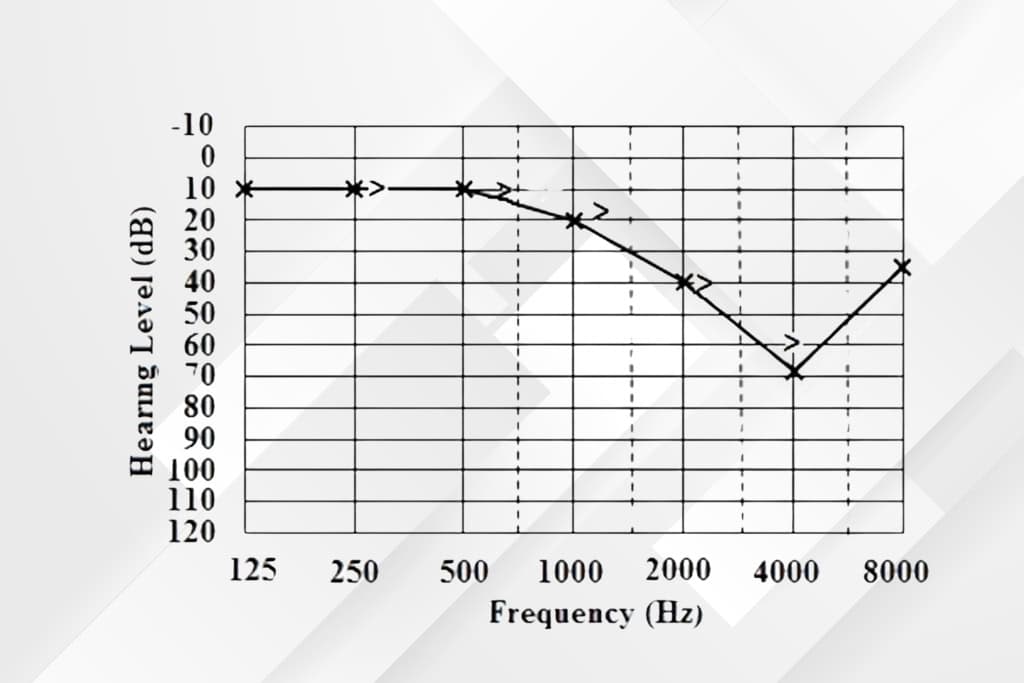
Sensorineural Hearing Loss Audiogram

An audiogram is a graph that represents your hearing test results. For sensorineural hearing loss, it typically shows reduced sensitivity across high frequencies. Audiologists use the audiogram to assess the degree and type of hearing loss and to recommend appropriate solutions. You can get your hearing tested at Ear Solutions, and according to your audiogram, a hearing aid machine will be suggested.
Types and Severity: Mild, Moderate & Severe
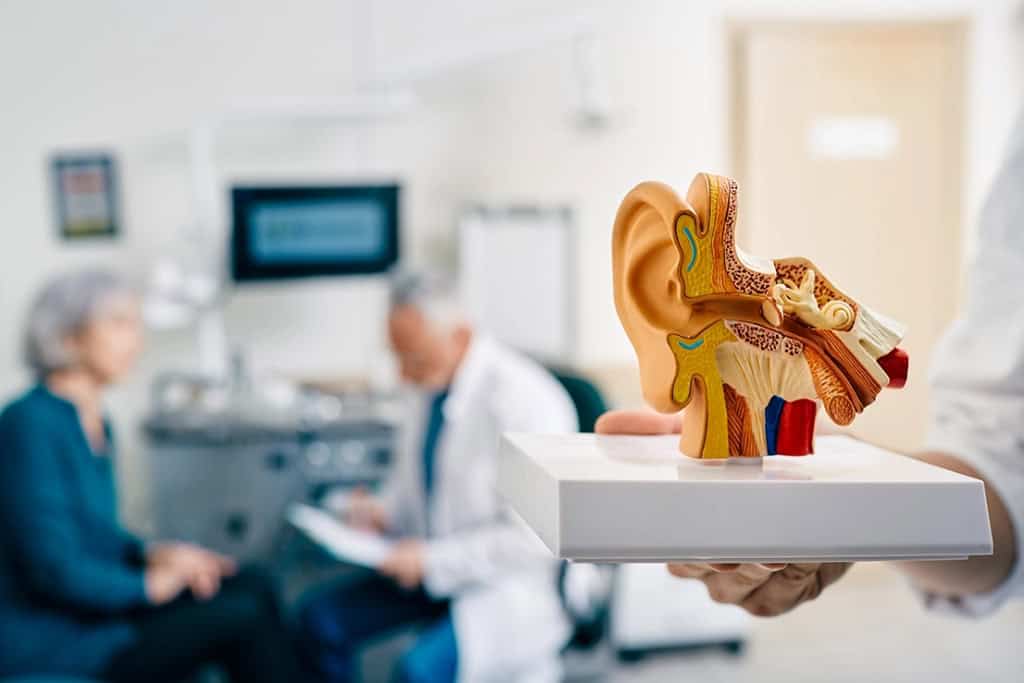
Sensorineural hearing loss can be classified based on severity
Mild Sensorineural Hearing Loss – Difficulty hearing soft speech or conversations.
Moderate Sensorineural Hearing Loss – Only louder speech is audible and requires assistance in most conversations.
Severe Sensorineural Hearing Loss – May only detect very loud sounds or rely on visuals without treatment.

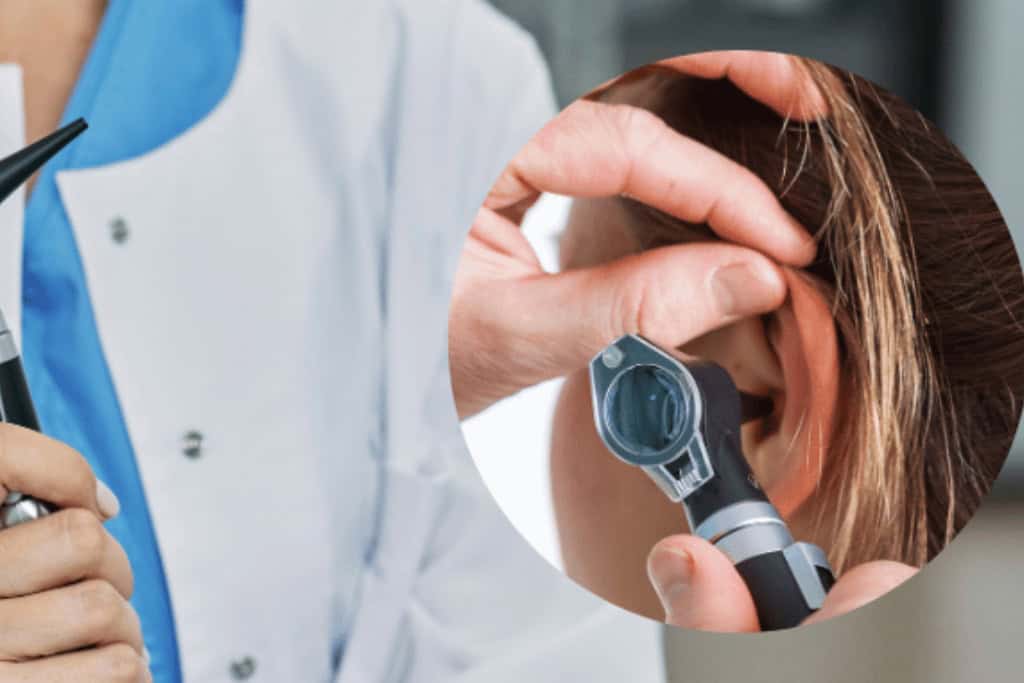
Sensorineural Hearing Loss Treatment

Although sensorineural hearing loss is permanent, with the right type of hearing device, you can treat it. Also, cochlear implants are beneficial for severe or profound cases where hearing aids are not enough.
Another treatment options include assistive listening devices and tinnitus therapy for those experiencing ringing in the ears.
Management of Sensorineural Hearing Loss

- Regular hearing assessments.
- Personalized hearing aid fittings.
- Counseling and auditory training.
- Protecting hearing from further damage.

Bilateral vs. Asymmetrical Sensorineural Hearing Loss
Bilateral Sensorineural Hearing Loss: Hearing loss in both ears, often due to age or long-term noise exposure.
Asymmetrical Sensorineural Hearing Loss: Unequal hearing loss in each ear, potentially indicating an underlying medical issue.
Difference Between Conductive and Sensorineural Hearing Loss
Understanding the difference between conductive and sensorineural hearing loss is crucial for proper diagnosis
- Conductive Hearing Loss affects the outer or middle ear and is often treatable with medication or surgery.
- Sensorineural Hearing Loss involves damage to the inner ear or auditory nerve and is usually permanent.
- Conductive hearing loss vs sensorineural hearing loss can be differentiated through hearing tests like pure tone audiometry and impedance audiometry.
Get Help at Ear Solutions
At Ear Solutions hearing aid clinic, our certified audiologists specialize in diagnosing and treating sensorineural hearing loss with personalized care and advanced hearing aid solutions. Whether you are facing mild, moderate, or severe sensorineural hearing loss, our team ensures you receive the right treatment and long-term support.
Frequently Asked
Questions
Sensorineural Hearing Loss is a type of hearing loss that occurs due to damage to the inner ear or the auditory nerve. The person dealing with this type of hearing loss faces difficulties hearing soft sounds and understand speech clearly.
Yes, Sensorineural Hearing Loss is generally permanent because the damaged hair cells or nerves do not regenerate naturally.
Advanced hearing aids and cochlear implants are considered the best treatments to improve hearing ability and communication. You can find the best hearing aids to deal with sensorineural hearing loss at the Ear Solutions hearing aid clinic.
It can affect both ears equally (bilateral hearing loss), but in some cases, it may be worse in one ear, and that is called asymmetrical hearing loss.
Yes, it can gradually worsen due to ageing, continued noise exposure, or underlying health conditions if not properly managed.








